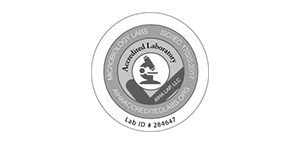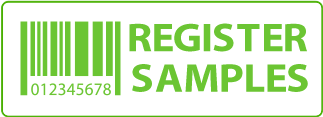Different Types of Mold
Mold is a type of fungus that can grow on any material when moisture, oxygen and an organic source are present.
They reproduce by creating tiny spores that float in the air.
Mold infestations occur when mold spores fall onto a damp area and begin to grow. You can identify an outbreak by smelling for musty or mildewy odors in the affected area.
Black Mold
Mold can be caused by several things in your home, including water leaks or plumbing issues, window condensation, flooding and humidifiers. When these conditions create high levels of moisture in a home, black mold is likely to thrive.
If your home has a high level of moisture, investing in a water detector is recommended. This will save you money in the long run by catching leaky pipes or appliances early. Furthermore, using water detectors helps prevent mold from growing from an issue.
If you discover black mold in your home, it\’s best to hire a professional for mold remediation. This is especially true if you already have any health issues which could be made worse by exposure to toxic mold. People with allergies, asthma, and weakened immune systems are especially susceptible to its effects.
Green Mold
Green mold is an umbrella term for various species of fungi that appear green. It can be found on bread, fruits and other foods that have gone off, but it also grows in moist areas inside homes.
Mold is one of the most prevalent types in homes, often caused by moisture issues like leaks, water damage or condensation.
Therefore, it\’s essential to prevent moisture problems in your home before mold begins growing. To do this, inspect for leaks and fix them promptly.
If you suspect your home may have a green mold problem, contact an experienced mold removal specialist like Remediation Group in Atlanta immediately. They are trained to safely remove and treat large green mold infestations, protecting both your family\’s health and wellbeing.
White Mold
White mold is an unfortunately common type of mold that can grow on many materials. Unfortunately, it\’s also dangerous and should be eliminated promptly as it can lead to various health issues.
Mold can do extensive damage to materials like furniture and carpeting. If you spot white mold on wooden items, wipe it away immediately to prevent it from eating away at the wood.
The three most prevalent white mold types are penicillium, Cladosporium and Aspergillus. At first they may appear clear but later turn black, gray or green when producing spores.
Fungus can spread in cool weather by releasing spores that are carried away by wind and land in places such as basements, bathrooms and showers, attics and crawl spaces. To eliminate white mold risk in your home, you need to eliminate moisture sources caused by leaky roofs, condensation due to fluctuating temperatures, inadequate ventilation or poorly maintained plumbing systems.
Stachybotrys Chartarum
Stachybotrys chartarum (black mold) is an incredibly hazardous fungus. It produces macrocyclic trichothecenes, toxic toxins which have the potential to destroy human cells.
These toxins are powerful inhibitors of protein synthesis and can be especially hazardous to rapidly dividing cells, particularly those in bone marrow. Furthermore, they damage immune function and lead to various symptoms.
This fungus poses a serious issue for building occupants and owners alike. It\’s difficult to detect with the naked eye, so if you believe your home or business has been exposed, contact an expert for further advice.
Mold remediation involves a comprehensive investigation and treatment of the source of contamination, including areas prone to water damage or hidden growth, as well as identifying and eliminating mold colonies. For optimal success, mold removal should be conducted by an experienced, certified professional who has undergone training and education on this process.
If you need an in home black mold test kit or to test if there is mold in you air buy our mold test kits online at My Mold Detective.







